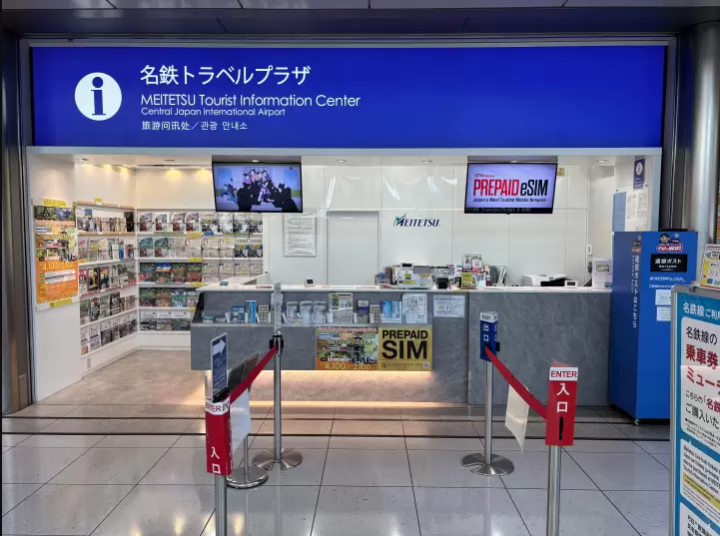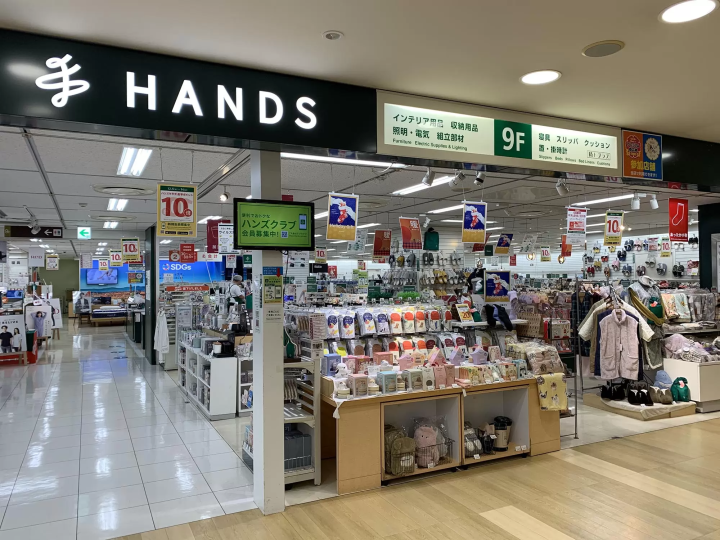Omiya Bonsai Art Museum: Discover the True Beauty of Bonsai Trees

Omiya Bonsai Art Museum, located in the city of Saitama near Tokyo, houses an impressive collection of exquisite bonsai trees. Visit to see some of the most beautiful bonsai in Japan on display, and learn more about this art and its history.
Bonsai - An Art Rooted in Japanese Cullture
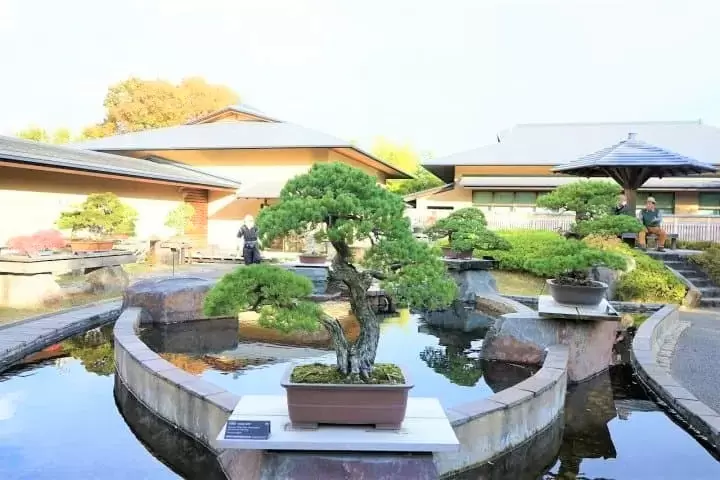
From ancient times, there is a belief in Japan that a tree with an unusual shape is the dwelling of a deity. At the origin of the practice of growing potted trees with unique shapes might be nothing else than the wish to have the sacred power of such trees in one's proximity.
The art of growing miniature trees in containers has existed and spread for many centuries. It started to be called bonsai only from the Meiji era (1868 - 1912). Since 1867, when bonsai trees were shown for the first time in the West at the International Exposition in Paris, the art has enjoyed great popularity also outside Japan.
Omiya Bonsai Art Museum, located near Tokyo in Saitama city, is a facility where visitors can see some of the most beautiful bonsai in Japan. No matter if you are already a bonsai enthusiast or are just curious, the Bonsai Art Museum will leave a deep impression on you as you explore the world of this traditional art.
Bonsai Art Basics
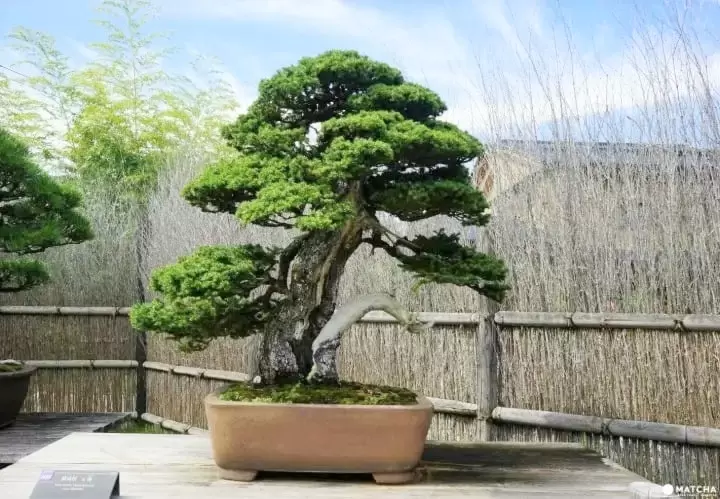
Bonsai are small trees grown in shallow containers. These containers, which are very similar to trays, are called "bon", while "sai" means "to plant"; the two terms make up the word "bonsai," which initially referred to the art, but is nowadays used also for the trees themselves.
Special pruning techniques are employed in order to grow the trees into beautiful shapes, and efforts are made for the bonsai to be miniature reflections of large trees as they can be seen in nature.
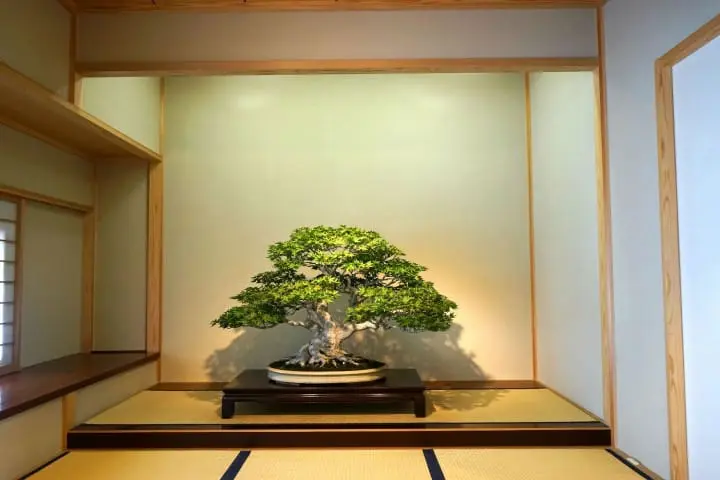
Learning to appreciate the bonsai is an art in itself. After taking an overall look at a bonsai tree, the viewer should examine its roots, then the line of the trunk, the branches and the leaves.
The Omiya Bonsai Art Museum is a facility where you can learn more about the bonsai tradition.
Omiya Bonsai Art Museum: Features and Highlights
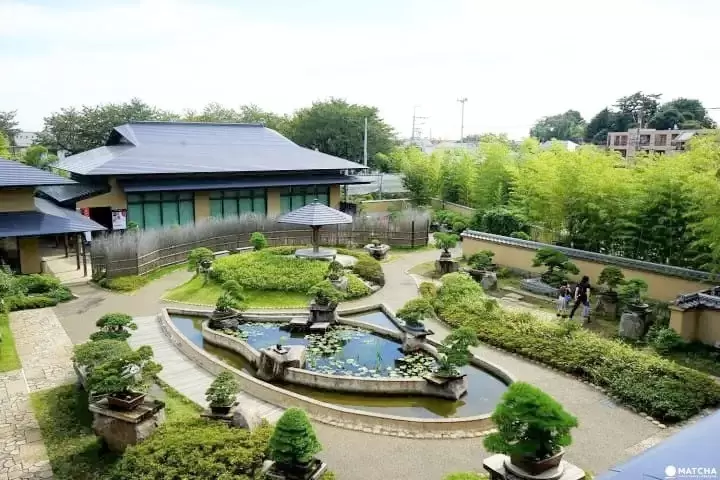
The Omiya Bonsai Art Museum, the first facility in Japan dedicated to the bonsai art, has opened in 2010 in the Bonsai Village in Saitama city.
The Bonsai Village is an area with many well-established shops specializing in bonsai. This village boasts a history spanning almost a century, being the area where the bonsai dealers in Tokyo have taken refuge after the Great Kanto Earthquake in 1923.

The museum has three main exhibition areas. The first area is the Collection Gallery displaying some of the most elegant bonsai trees in the museum's collection, as well as containers and decorative rocks used in the art of bonsai.
In this area, you'll learn more about bonsai types, what is the proper way of appreciating a bonsai, and the history of the Bonsai Village. The last area of this exhibition hall shows how bonsai used to be displayed in traditional Japanese houses, highlighting the deep connection between the bonsai art and traditional Japanese architecture.
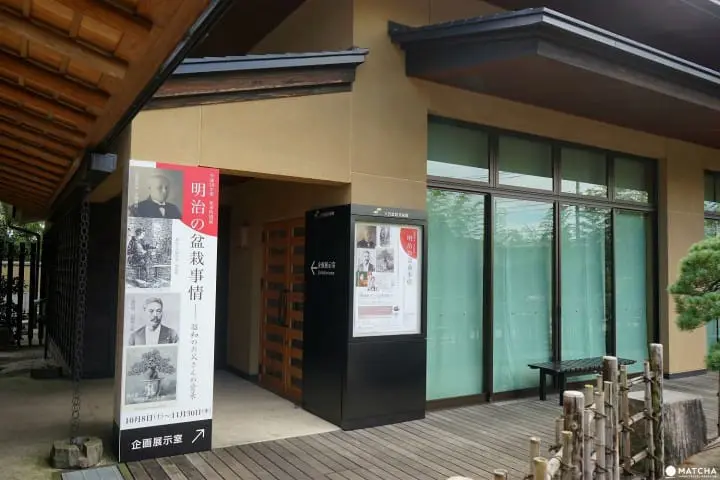
The second area in the Omiya Bonsai Art Museum is the Exhibition Room, which is dedicated to temporary exhibitions.
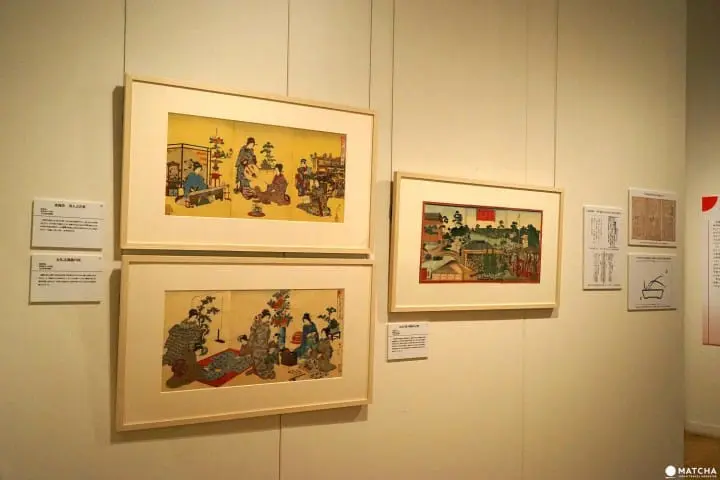
The "Bonsai Culture in the Meiji Period" exhibition, which ran in November 2016, featured art, documents, and photographs showing that bonsai trees were part of the daily life of many cultured people during the Meiji era (1868-1912). Famous personalities like the writer Natsume Soseki (*2), poet Masaoka Shiki (*3), or Prime Minister Okuma Shigenobu (*4) seem to have been very fond of bonsai. One of the bonsai trees cared for by Okuma Shigenobu can actually be viewed in the Bonsai Garden of the museum!
*2 Natsume Soseki (1867 - 1916)... one of Japan's first modern novelists.
*3 Masaoka Shiki (1867 - 1902)... poet and literary critic, whose work heavily influenced the development of modern haiku poetry.
*4 Okuma Shigenobu (1838 - 1922)... Japanese politician active in the Meiji era and founder of Waseda University. Served two times as the Prime Minister of Japan.
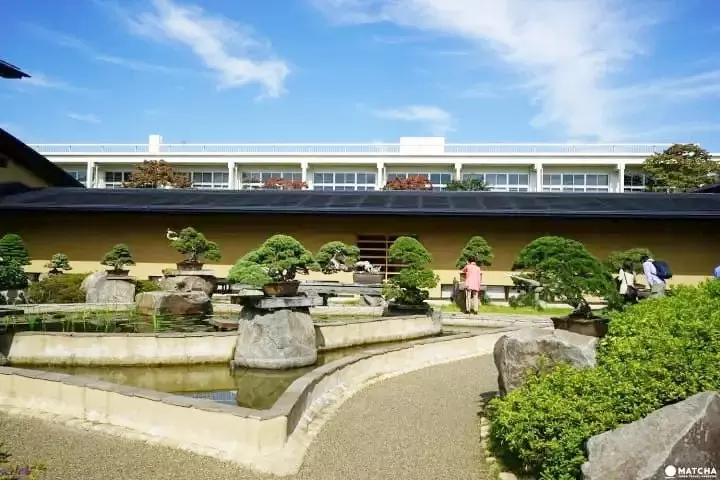
The third area within the museum is the Bonsai Garden.
Bonsai shouldn't be kept indoors for long, so the ones displayed in the Collection Gallery are changed by rotation. It is under the sky that bonsai show us their true brilliance. In the Bonsai Garden, visitors can see some of the oldest and most artistic trees in the collection.

This tree, called Chiyo no matsu ("The Everlasting Pine") is one of the oldest and most beautiful trees in the museum's collection. Observe the sturdy roots, the strong, elegant trunk, and the amazingly beautiful branches. It is an exquisite representative of the pine as a symbol of longevity and refinement.
Bonsai as Souvenirs
You will most surely be impressed by the bonsai trees at the Omiya Bonsai Art Museum, and you might wish to grow a bonsai for yourself. Bonsai can be taken abroad as souvenirs from Japan on the condition that they have a certificate of inspection.
The bonsai have to be checked if they are not parasite bearers before being taken abroad. Make sure you purchase a bonsai that holds such a certificate from the shops in the Bonsai Village, or else you might need to wait for several weeks until the bonsai you wished for will be inspected and certified.
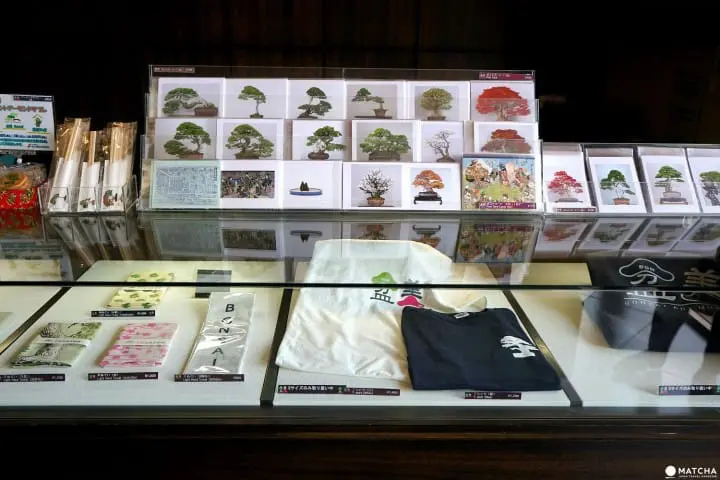
At the Omiya Bonsai Art Museum, you can find a wide range of bonsai-themed goods. From books and guides on growing bonsai to beautiful cards, stationery, and even sweets and drinks inspired by bonsai, you will surely find something worth taking as a keepsake of your visit to this charming facility dedicated entirely to bonsai.
Relish Beautiful Bonsai Trees in Saitama
Bonsai enthusiasts and first-time visitors alike will surely be deeply impressed by the art of bonsai as displayed in the Omiya Bonsai Art Museum.
With its unique collection of bonsai, it's a destination you shouldn't miss out on if you have a special interest in authentic Japanese culture.
Read also
In cooperation with Omiya Bonsai Art Museum
Ramona, English content editor at MATCHA since 2016, has been practicing ikebana flower arrangement (Ikenobo School) and tea ceremony (Omote Senke) since 2012. She arrived in Japan in 2012 as a graduate student with a focus on Japanese literature and performing arts. As a travel editor and writer, Ramona has visited and documented 40 of Japan's prefectures with a focus on art, history, traditional Japanese crafts, and performing arts.















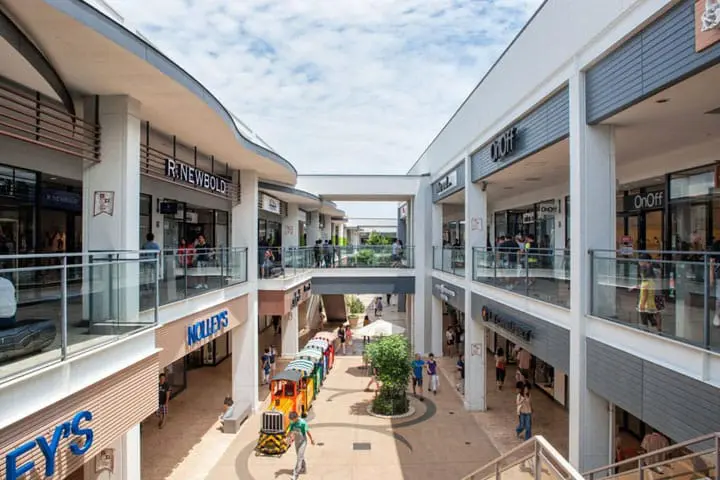
























![[Wakayama Sign] Plums and plum wine](https://resources.matcha-jp.com/resize/720x2000/2025/12/08-252248.webp)

![[2025 Update] Introducing free Wi-Fi spots in Tokoname City , Aichi Prefecture](https://resources.matcha-jp.com/resize/720x2000/2025/12/16-253074.webp)
